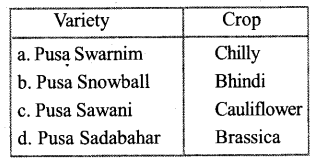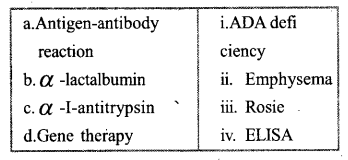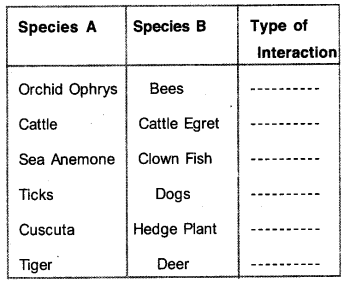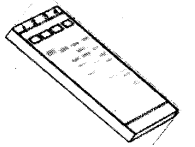Kerala Plus Two Botany Previous Year Question Paper March 2017 with Answers
| Board | SCERT |
| Class | Plus Two |
| Subject | Botany |
| Category | Plus Two Previous Year Question Papers |
Time: 2½ Hours
Cool off time : 15 Minutes
General Instructions to Candidates
- There is a ‘cool off time’ of 15 minutes in addition to the writing time of 2½ hrs.
- You are not allowed to write your answers nor to discuss anything with others during the ‘cool off time’.
- Use the ‘cool off time’ to get familiar with the questions and to plan your answers.
- Read questions carefully before you answering.
- All questions are compulsory and the only internal choice is allowed.
- When you select a question, all the sub-questions must be answered from the same question itself.
- Calculations, figures, and graphs should be shown in the answer sheet itself.
- Malayalam version of the questions is also provided.
- Give equations wherever necessary.
- Electronic devices except non-programmable calculators are not allowed in the Examination Hall.
Question 1.
A date palm seed discovered during archeological investigation retained viability even after 10000 years. The retention of viability is due to the state of inactivity of the embryo called…………
Question 2.
The plant in which adventitious buds along the margin of leaves give rise to new plants is
a. Water Hyacinth
b. Agave
c. Bryophyllum
d. Dahlia
Question 3.
Match the following varieties wit their respective crops:

Question 4.
Sequences of base pairs in DNA that reads the same on both the strands when the Orientation of reading is kept the same are called…………
Question 5.
When the pollen is transferred from anther to the stigma of the same flower,the pollination is called autogamy.
a. Cleistogamous flowers are Kinvara bly autogamous. Explain.
b. Geitonogamy is functionally cross-pollination, but genetically similar to autogamy. Justify the statement.
Question 6.
The thick protective covering of the fruit is known…………
Question 7.
Match the following

Question 8.
Insulin getting assembled into a mature form was the major challenge in commercial insulin production by rDNA technology. How did Eli Nilly Company found a solution to this problem?
Question 9.
In a given habitat, the maximum number possible for a species is called ………… of that species in that habitat.
Question 10.
A common cause of deforestation is slash and bum agriculture.
a. What is the common name attributed to such type of cultivation?
b. Explain how this type of cultivation is practiced?
Question 11.
A. Different types of population interaction have been observed in a population.
Write the type of interaction observed among the following species:

OR
B. Organisms other than human beings manage or adapt to stressful conditions by adopting different mechanisms. Explain any three mechanisms adopted by them to maintain the internal environment.
Question 12.
Breeding crops with the objective of increased nutritional quality is called…………
Question 13.
A. The following photograph shows the result of a technique showing the separation of DNA.

a. Name the technique.
b. How the separated DNA is visualized?
c. DNA fragments of size 500 bp, 1600 bp and 2000 bp are separated by this process. Which fragment will migrate fast. Why?
B. Different methods have been suggested to introduce alien DNA into host cells. Give and explain any three methods adopted for this purpose.
Question 14.
The different stages of primary succession in water are represented below. Fill the gaps that are unfilled.
a. Phytoplankton
b. ……………………
c. Submerged free-floating plant stage
d. …………………….
e………………………
f. Shrub stage
g………………………
Question 15.
Particulate matter in polluted air is removed by the application of an electrostatic precipitator. Explain the working principle of the electrostatic precipitator.
Question 16.
Nature has mechanisms to promote outbreeding in plants. Explain any two mechanisms existing in plants to promote outbreeding.
Question 17.
An ecosystem consists of the following population: Phytoplankton, Man, Fish, Zooplankton Draw a food chain denoting each trophic level.
